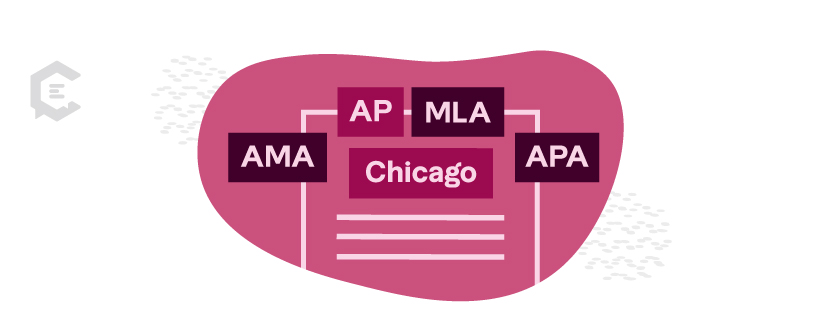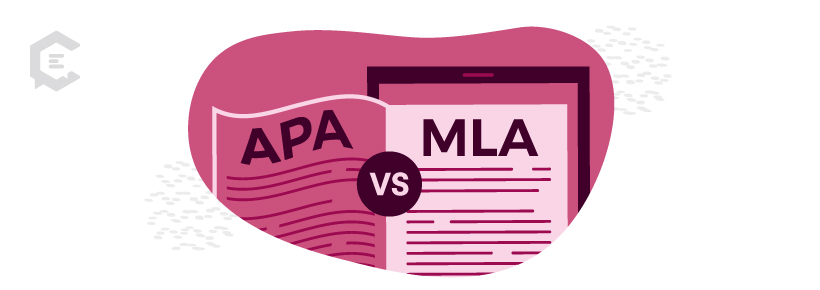Most often, as you work with multiple clients, you become accustomed to their unique ways of doing things. You learn about their quirks and requirements as you go. While one client demands that you follow the Associated Press Stylebook, the other is obsessive about only using the Chicago Manual of Style. Even though there are several other go-to grammar guides to contend with, these are the most popular. But first, what’s a style guide anyway and why does it matter?
A Guide to Style Guides
In the world of professional writing, consistency is key. So while your editor might create a team of writers with different backgrounds, voices, or outlooks, there is going to be an overall uniformity to the content produced and shared.
Often, an editor or team manager will require writers and content creators to adhere to a specific style guide. In fact, As I started writing this article, I did a quick read-through of the assignment instructions and paid extra attention to this line: “We defer to The Associated Press Stylebook for general style and usage.” But not all outlets have the same requirements. Sometimes it depends on the type of work being produced, while other times it’s the subject matter influencing the structure and presentation. Someone managing a scientific study might ask writers and contributors to use APA style while an editor at a newsletter might require AP style.
The Most Popular Styles
AMA Manual of Style
The American Medical Association has its own guide for authors and editors. As explained on their website “The AMA Manual of Style is a must-have guide for anyone involved in medical and scientific publishing.” There’s also a focus on manuscripts, so if you see an extremely long medical journal, you can rest assured it’s most likely been crafted AMA style. In what might seem a bit grim to the rest of us, they also feature style quizzes including a cancer quiz and another on cardiology.
AP style
One of the best-known style guides is AP short for Associated Press style. Founded in 1846, the global wire service contains a shorthand of ways to write articles, dispatches, and other material in an immediate or shorter manner. The first stylebook and writing guidelines appeared in June 1900. As explained on the website these guides “provide incredible context to how language, writing style, and technology have evolved in the past century, beginning well before the first edition of the AP Stylebook was published in 1953.” AP style is used by journalists, magazines, and news outlets, though the New York Times has created its own specific guidelines called the New York Times Manual of Style. Sometimes creating a unique style guide is as simple as understanding your audience or readers. Also worth noting, many publicists and PR practitioners use AP style as their default.
The APA Style
The American Psychological Association actually has its own style guide. According to their website, it originated in 1929 “when a group of psychologists, anthropologists, and business managers convened and sought to establish a simple set of procedures, or style guidelines, that would codify the many components of scientific writing to increase the ease of reading comprehension.” The basic style has changed over the years and is used by researchers, students, and educators “across the social and behavioral sciences, health care, natural sciences, humanities, and more” to create communication that is concise and easy to understand. If this is something you’re curious about, you can find their style and grammar guidelines listed online and covering everything from tables and figures to grammar and bias-free language.
Chicago Manual of Style
According to their website, the Chicago Manual of Style got its start in 1891 when the University of Chicago Press opened. It wasn’t until 1906 when a pamphlet “the University Press stylebook and style sheet” was printed containing a “compilation of the typographical rules in force at the University of Chicago Press.” The most recent 17th edition of the manual launched in 2017.
MLA Style
The Modern Language Association published the 9th edition of their MLA handbook in spring 2021. MLA specializes in offering something of a template for citing sources ranging from books and e-books to journal articles, databases, and even song lyrics. This style is commonly used in high school-level education.
Differences Between the Guides
There is a general understanding of what each style guide specializes in, but there are also some nuances to be aware of. Since the commonly used styles are AP and Chicago style, I asked a copy editor to explain their main differences.
“Principal differences include when numbers are spelled out and how states are abbreviated; whether to italicize titles or leave spaces around dashes and ellipses,” said Chelsea Lowe, copyeditor at ManuscriptMagician.com. But most editors don’t expect you to keep track of every single detail. “If you need to switch from one to the other,” Lowe said, “the most important thing to know is when to look it up!”
Lowe also offered a brief cheat sheet to understand subtle differences between the popular style guides:
“The Chicago Manual of Style is comprehensive, covering every eventuality—which makes sense for manuscripts,” Lowe said. “The Associated Press Stylebook is brief—like the pace of news and most newspapers.” Lowe said to use AP. “if you’re editing or writing for a newspaper or magazine, CMoS for most manuscripts. Blog? Ask. Medical journal: The AMA (American Medical Association) Manual of Style. Many organizations have house style guides, too.”
Why every professional communicator needs a style guide
Kathy McCabe, Founder, Editor, and Host, Dream of Italy Travel Magazine and PBS TV Series founded her company as a newsletter in 2002. 19 years and 180 issues later, it’s a magazine and McCabe has edited every single issue.
“I am writing and editing every single day,” McCabe said. “Whether it is the magazine, scripts for the tv show (the new special Dream of Italy: Travel, Transform and Thrive premieres in June – www.dreamofitaly.com/ttt), or working on promotional materials for all facets of the brand. I’m also finishing up the companion book for the new TV special. Sometimes I wish I wrote less, but man, I love to edit.” In all that writing and editing, McCabe considers herself “an AP girl.”
McCabe first learned AP Style, in college. By the time she worked for USATODAY.com, she was editing politics and travel articles. She said after working in news for so many years “AP Style just gets ingrained in you.” She offered some quick tips. “Numbers under 10 are spelled out.” While McCabe doesn’t quite know what happened to her print AP Style guide, she still refers to it online if she can’t remember a rule.”It is what we follow for the magazine and any other ebooks or books.”
Additional tips and resources
If these main style guides don’t do the trick for you, or if you want to research some additional guides, you might want to check out some of these as well.
- Columbia Journalism Review is a professional critique organization and acts as a space for updates and news or guides to correct reporting and communication. As stated on their mission CJR also “shapes the ideas that make media leaders and journalists smarter about their work. Through its fast-turn analysis and deep reporting, CJR is an essential venue not just for journalists, but also for the thousands of professionals in communications, technology, academia, and other fields reliant on solid media industry knowledge.”
- The Editorial Freelancers Association offers expert copyeditors along with editors, writers, indexers, proofreaders, researchers, desktop publishers, and translators. You can use these experts in those industries to help you polish your own writing.
- Nieman Lab: Their mission is to “promote and elevate the standards of journalism.” This includes free resources, think pieces, reports, and fellowships. You’ll also often find articles on mainstream vs. traditional newsrooms or reporting which helps add insight to the way news is both gathered and reported.
- Purdue Owl: According to their website, “The Online Writing Lab (OWL) at Purdue University houses writing resources and instructional material, and we provide these as a free service of the Writing Lab at Purdue. Students, members of the community, and users worldwide will find information to assist with many writing projects. Teachers and trainers may use this material for in-class and out-of-class instruction.”
- Writers groups: Depending on your experience, joining an online writers group can help you expand your network and also connect with industry leaders. There are also times when writers can’t quite figure out the perfect way to phrase something and others will pop in with grammar-related tips or information. I’ve been a member of Freelance Success for over a decade and find the advice from other professional writers to be invaluable. You can also look into the American Society of Journalists and Authors. There are also loads of free writers’ resources, including on Facebook like the OG of writers groups UPOD, which has a free Facebook group. Bear in mind though that not all of these groups are closely moderated, do your research before accepting someone’s advice or editing tips.
Finally, keep copyediting your own work. “Read the work again and again and again. Pay special attention to names and numbers. Look up everything from comma usage to definitions to facts. Read aloud and listen for clunky sentences or words you’ve repeated too often. Ask a friend to read it, too.” Lowe said.
Success in Style
Being malleable with your style is a key factor in any freelance writer’s career. If you’re looking to expand your opportunity, join our Talent Network. We’ll pair you with top companies that match your experience and help your career grow.





